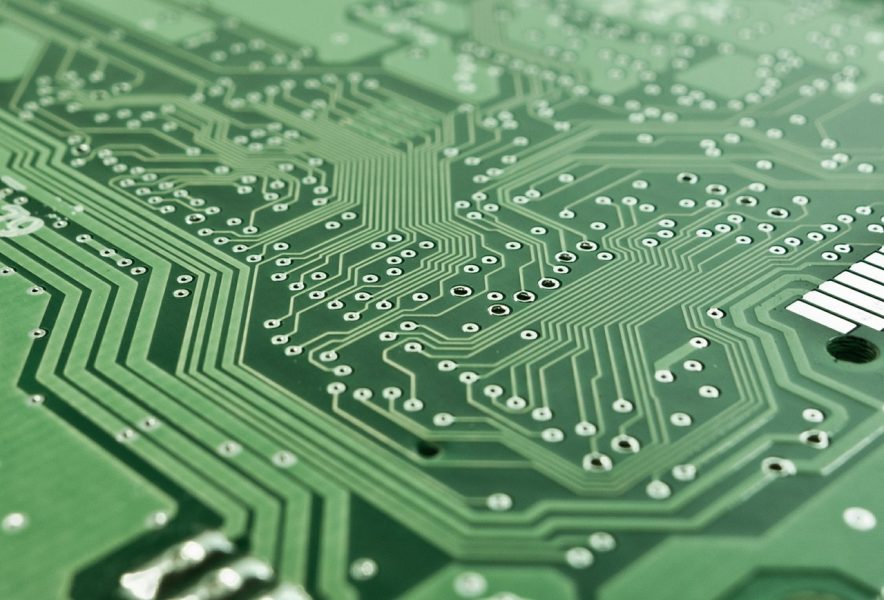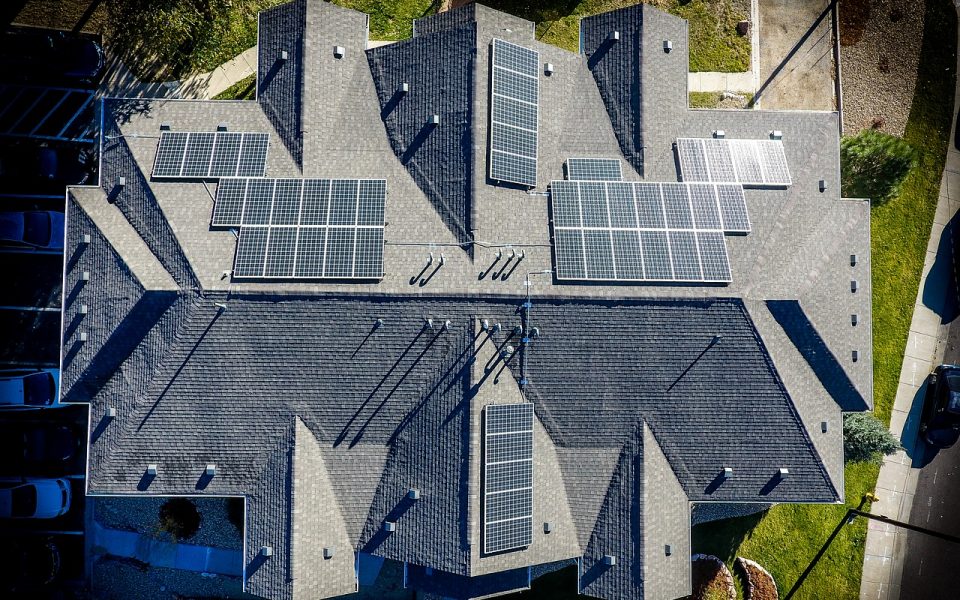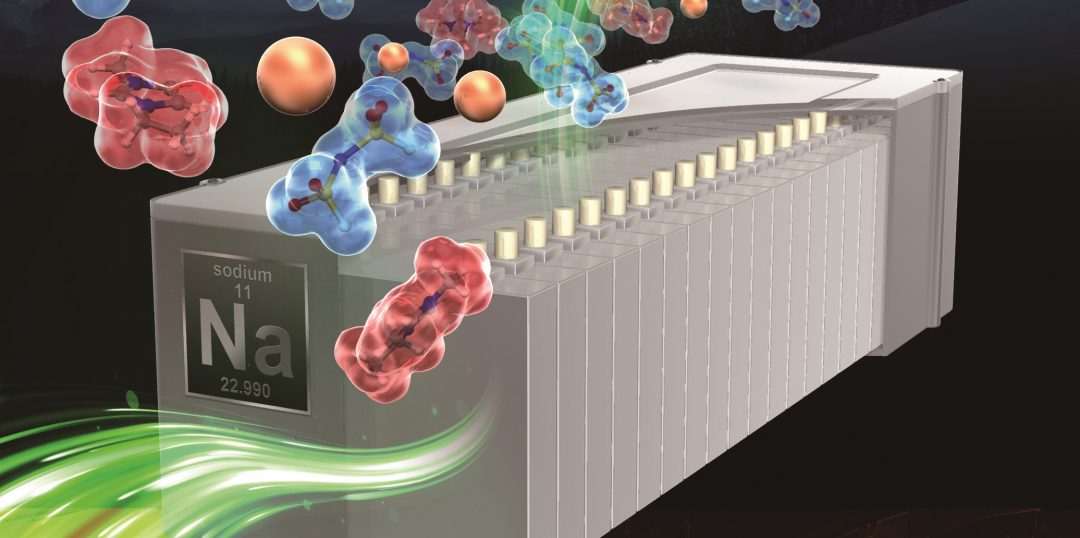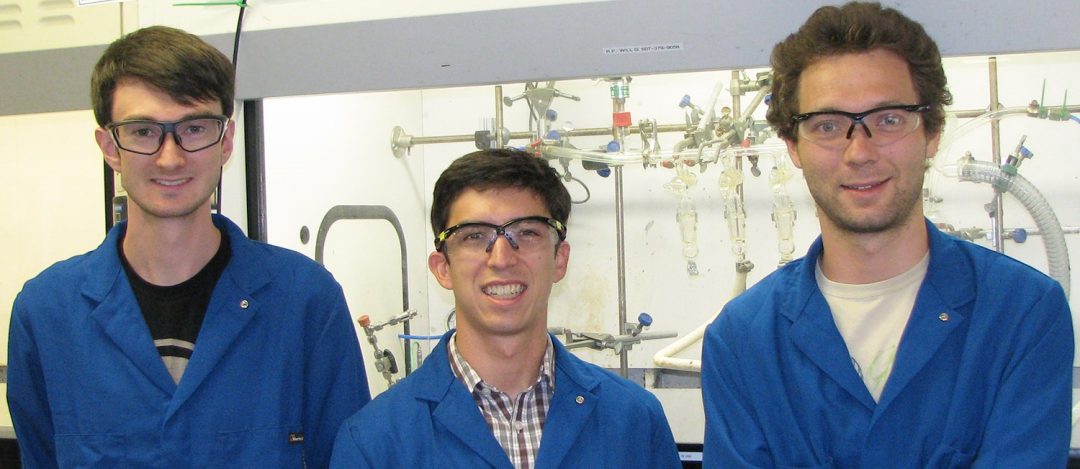A nanoforce sensor developed by KAIST researchers provides high sensitivity, transparency, and mechanical durability against bending.
![A High-Performance Sensor for Touchscreens [Video]](https://www.advancedsciencenews.com/wp-content/uploads/2018/10/adfm201804721_ASN_image.png)
![A High-Performance Sensor for Touchscreens [Video]](https://www.advancedsciencenews.com/wp-content/uploads/2018/10/adfm201804721_ASN_image.png)
A nanoforce sensor developed by KAIST researchers provides high sensitivity, transparency, and mechanical durability against bending.

Guillermo C. Bazan on intellectual giants, science communication and future research.
![Photosynthetic Biosensor for Touch Perception, UV-Detection, and Nanopower Generation [Video]](https://www.advancedsciencenews.com/wp-content/uploads/2018/10/adma201802290_ASN_image.jpg)
A bioelectronic sensor that makes use of natural photosynthetic pigment‐protein complexes to sustain a variety of functions.

For decades the density of integrated circuits has grown exponentially, according to the empirical Moore´s law published in 1965. In this period, the storage density has increased by a factor of about 100 million. Yet, this rapid development is approaching fundamental...
![Nanoflake Arrays of Lithiophilic Metal Oxides for the Ultra-Stable Anodes of Lithium-Metal Batteries [Video]](https://www.advancedsciencenews.com/wp-content/uploads/2018/10/adfm201803023_ASN_image.png)
Nanoflakes of graphene foams (GFs) decorated with lithiophilic metal oxides (LMONAs) as hosts for the anode of Li-metal batteries.

A recent Progress Report on the recommended methods of studying resistive switching devices is reviewed.

Direct writing of low-cost MXene-in-water inks using a rollerball pen.

All Printable Perovskite Solar Modules: PCE of 6% at A4-size!

Yan Yu outlines the cause and effect of slow ion transportation in sodium-based battery systems. See her paper on graphene for sodium storage in Small.

Young scientists developed a new type of flow battery that could lead to affordable storage of renewable power.